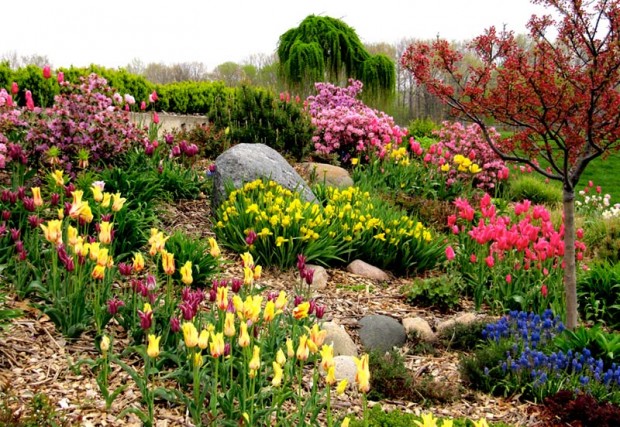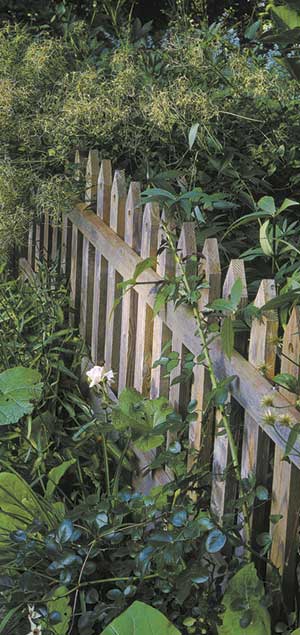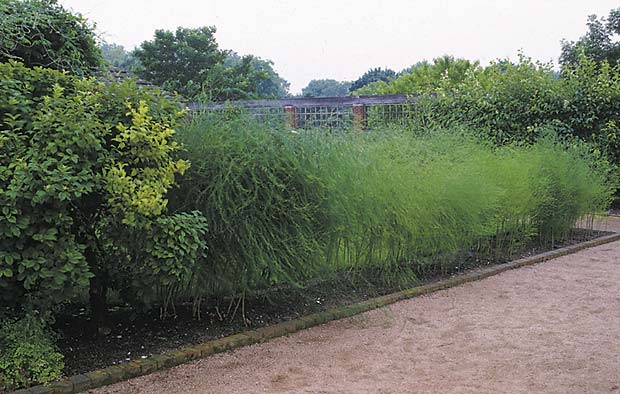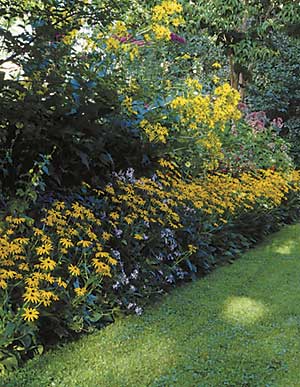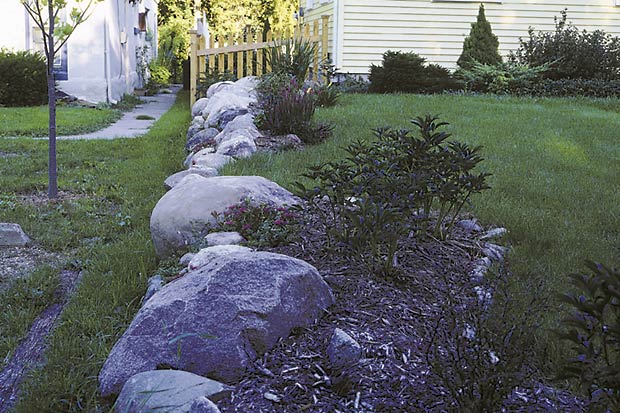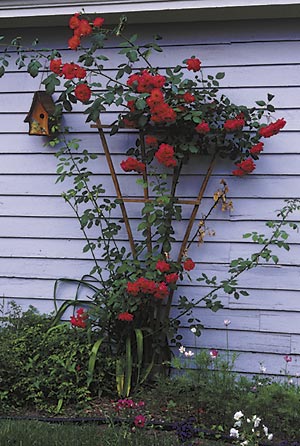How much do you trim lavender bushes? Mine are getting rather leggy and sprawling. When is the best time to prune them?
Let’s assume these are English lavender plants (Lavendula angustifolia), since these are hardy and the most popular in our area. There are many varieties of English lavender, but all have the same basic care. There may be several reasons why your lavender plants are getting leggy and sprawling, including pruning, water, light, and soil.
Pruning is essential for lavender. Pruning is not the same as harvesting. When flowers are harvested, typically not much of the plant is removed. Growers prune plants twice a year: very early spring (April) and after they bloom. Lavender will become leggy and flower production will decrease significantly if it isn’t pruned quite hard. Prune down to three nodes on the new growth above the old wood, which looks gray and isn’t flexible. The plant is usually trimmed to a dome shape to let in lots of light and to help the air circulate. April is a good time to do this. Then do another trim in late summer to early fall. If you happen to prune at the wrong time, don’t worry, the blooms will be back even stronger next year.
Another factor that contributes to a leggy, sprawling plant is overhead watering, or too much water. Lavenders are very drought tolerant, especially after they are established. Watering should only occur as a supplement for hot, dry weather and they should not be placed where sprinklers water daily. In a typical Michigan summer (no droughts or periods of high temperatures), no watering at all may be needed. Light, as in full sun, is essential. Picture the open fields of lavender in Provence, France. Lavender doesn’t need a special soil, so long as it is very well-drained, even sandy. Very rich, clay or damp soil is not recommended.

